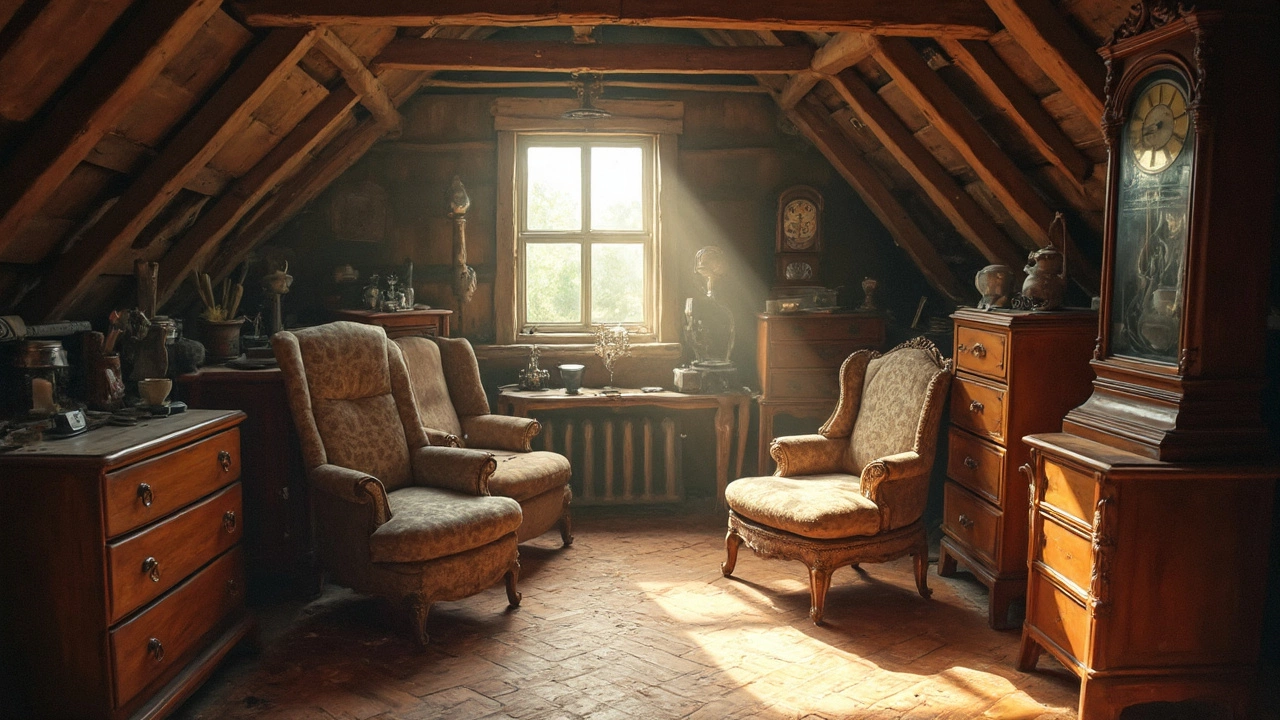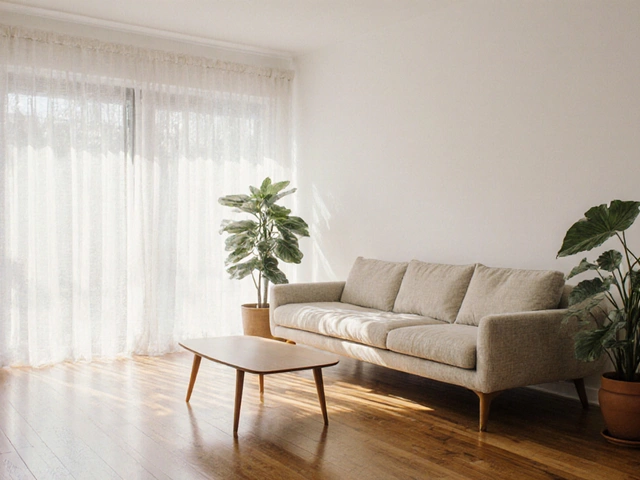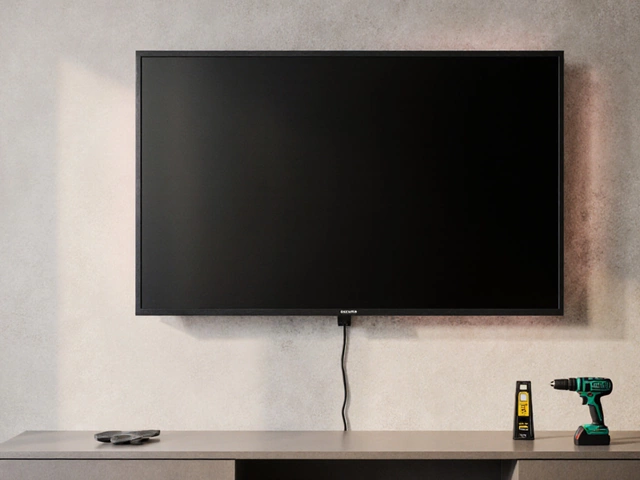Storing Furniture Tips: Keep Your Belongings Safe and Ready
Got a sofa you need to pull out for a move? A dining table that’s staying in the attic for a while? Storing furniture doesn’t have to be a nightmare. Below are simple steps you can follow right now to protect your pieces and avoid costly damage.
Plan Before You Pack
First thing – take a quick inventory. Write down what you’re storing, the material (wood, leather, metal) and its size. Knowing this helps you choose the right protection. For example, a wooden chest needs a breathable cover, while a leather sofa benefits from a dust‑proof sheet that still lets air through.
Next, clear the area where the furniture will sit. A clean floor reduces the chance of scratches. If you’re keeping items on a concrete slab, lay down a sheet of plywood or a few cheap pallets. This lifts the furniture off any moisture that can seep up from the ground.
Cover and Cushion Properly
Use cloth moving blankets or old sheets as the first layer of protection. Wrap each piece tightly and secure the blanket with packing tape or stretch wrap. Avoid plastic wrap on wood, as it traps humidity and can cause warping. For smaller items, bubble wrap works great for corners that tend to get bumped.
Don’t forget the legs. Place furniture on small rubber pads or felt sheets to keep floor marks off. If you have a large table, consider disassembling it – legs, aprons, and tops can be stacked flat, reducing the risk of accidental cracks.
Temperature matters, too. Store furniture in a room that stays between 60‑75°F (15‑24°C) and maintains a consistent humidity level, ideally 45‑55%. Extreme heat can dry out wood, while too much moisture invites mold. If you can’t control the climate, use a dehumidifier or a portable heater for a short period.
Label everything clearly. A simple “Sofa – Upstairs” tag saves you time later and prevents you from moving the wrong item. Stick labels on the outside of boxes or directly on the blankets – just make sure the adhesive won’t damage the finish.
When stacking boxes, keep the heaviest at the bottom and lighter on top. This prevents crushing and makes it easier to retrieve items later. If you’re using a garage, store items against a wall rather than on the floor to avoid dust and pest exposure.
Finally, check on your stored pieces every few months. Look for any signs of moisture, mold, or pests. A quick wipe‑down with a dry cloth can keep dust from building up and give you a chance to catch problems early.
Storing furniture is all about a little preparation and the right materials. Follow these tips and you’ll keep your sofas, tables, and wardrobes looking as good as the day you bought them, no matter how long they sit out of use.
How Long Does Furniture Last in Storage?
Storing furniture is a common need for many people, whether due to moving or simply making space. This article explores how long furniture can last in storage while offering practical tips to help extend its lifespan. It covers factors like climate control, material types, and preparation methods. You'll learn to maximize the longevity of your stored furniture. Proper care today can mean less hassle and expense down the road.







